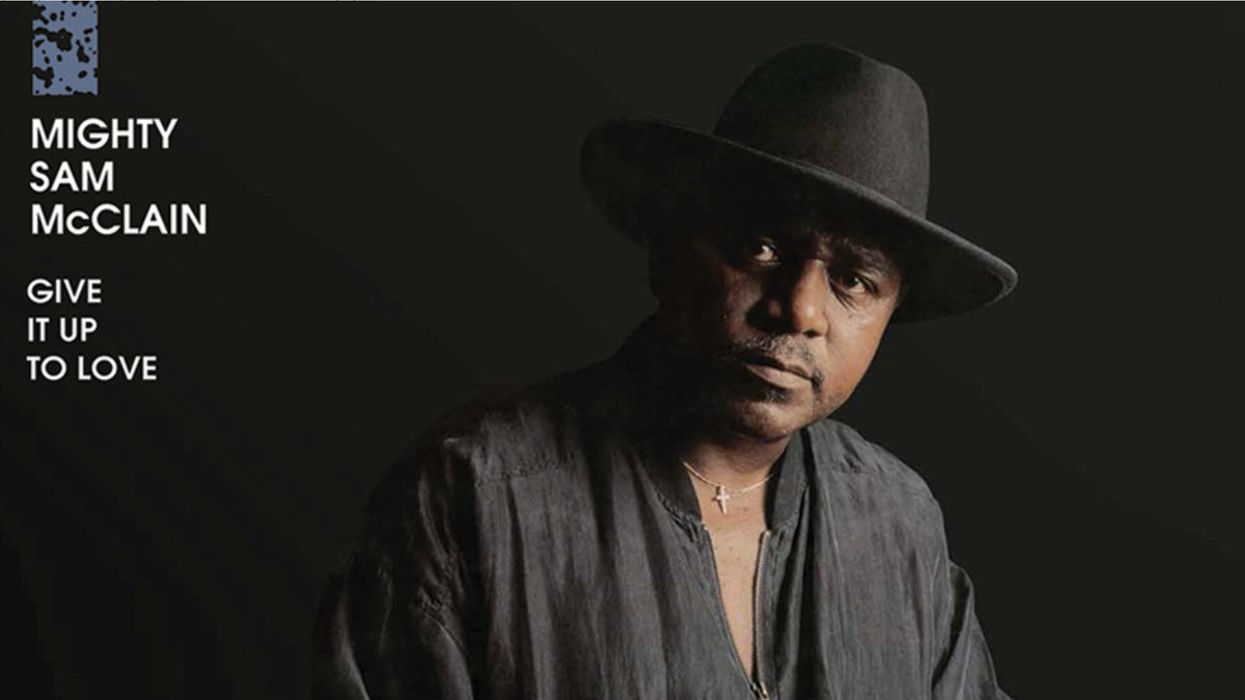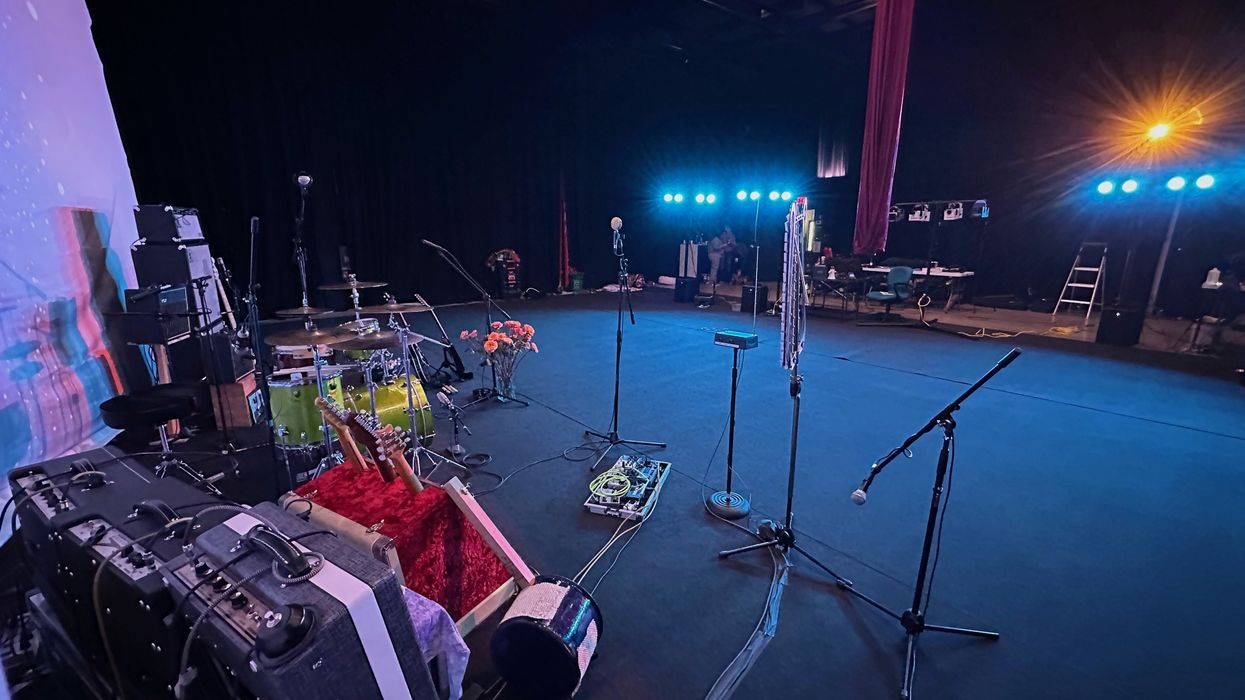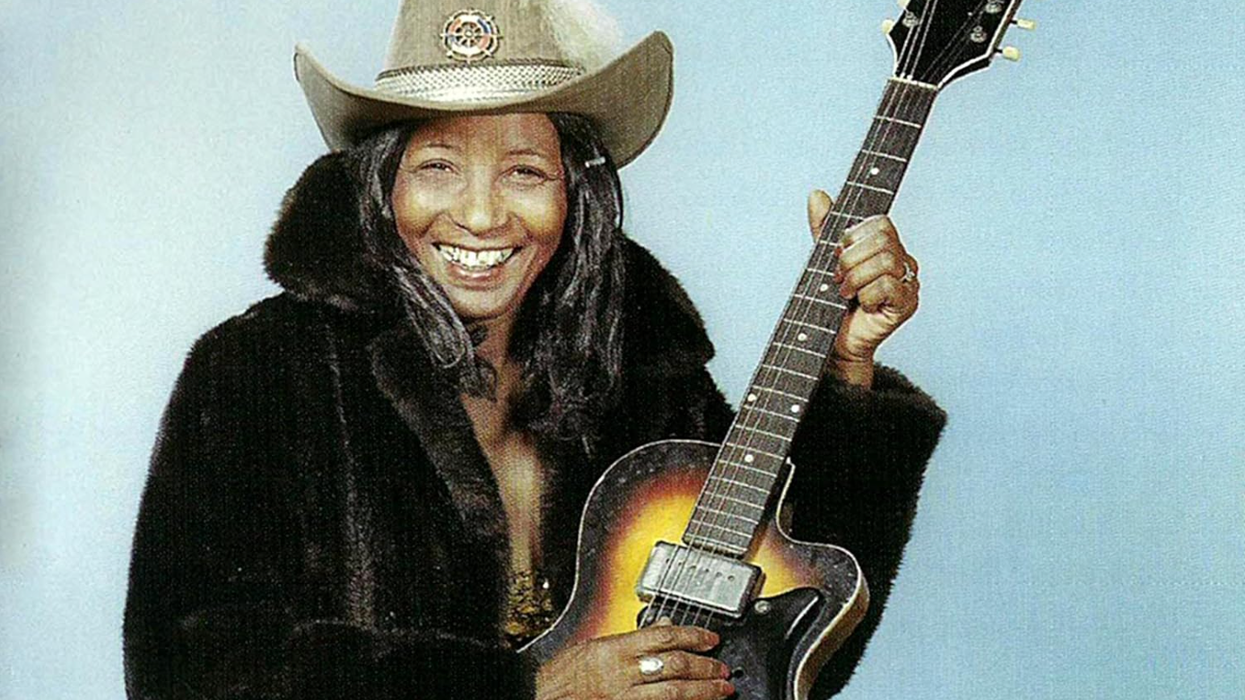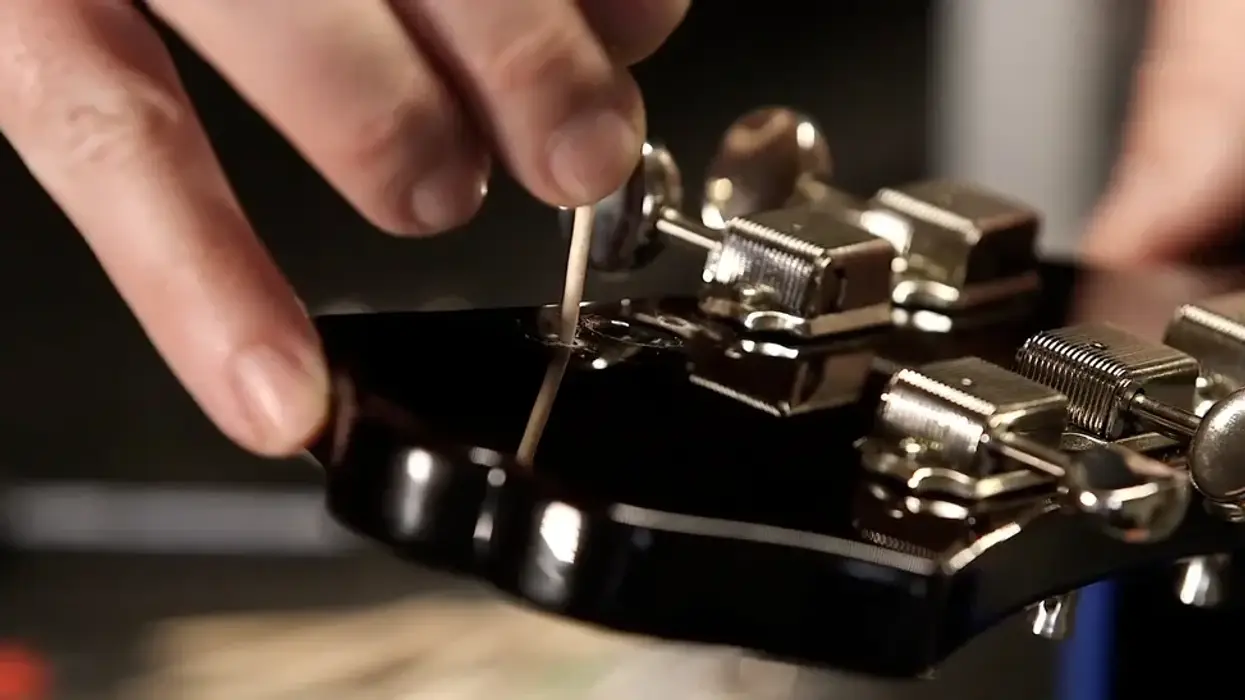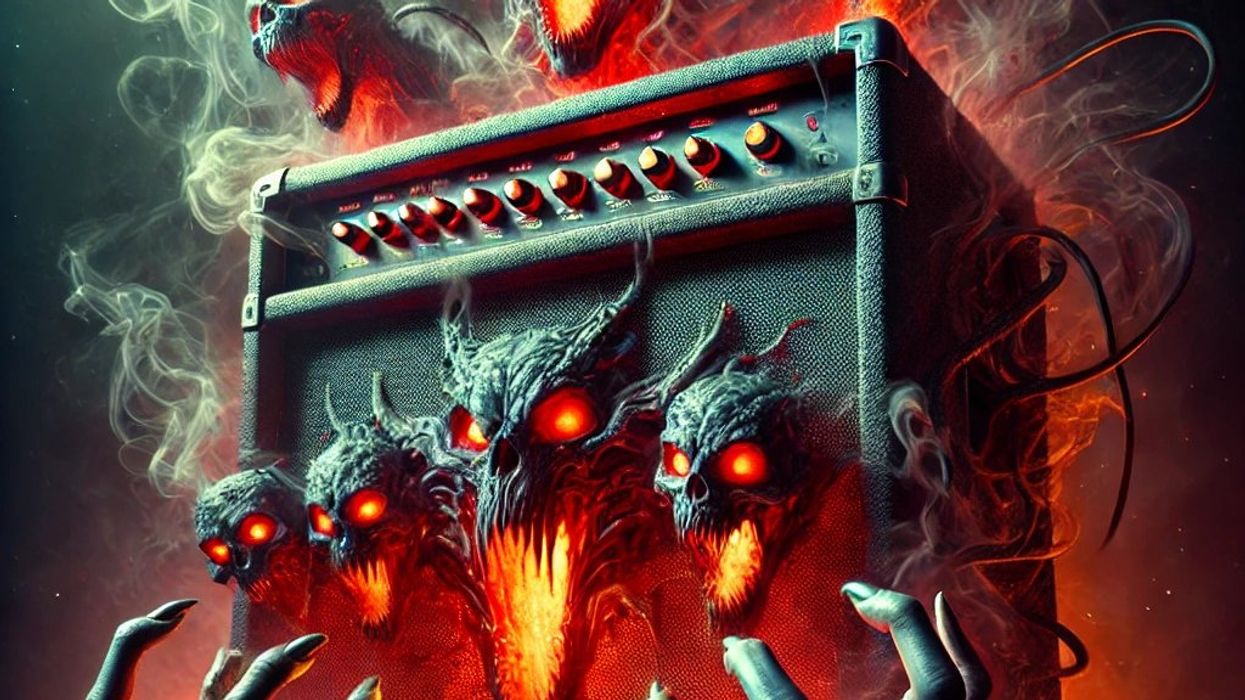I'm trying to remember exactly how it all started—and why. Some details are hazy, as the accumulation of reasons has collided and compounded into each other over the course of approximately 14 years.
I think it started at least partially due to ol' SRV. Not because I was an aspiring bluesman angling for Texas-sized tone via telephone wires. I dig/dug Stevie, don't get me wrong. But maybe I was also breaking strings more than I would've liked. Like I said, when the beginnings of a routine go back that far, it's tough to keep track of all the whys. After a while, your wagon's traveling a deeply rutted road that's difficult to diverge from—if the thought even occurs to you as you enjoy the scenery and tend to other matters at hand on your musical journey. And, of course, early on there are no ruts. It's a fresh, exciting new path to traverse for the first time in your own reality.
All this time, my standard-tuned guitars have had .011 sets. My D-standards, .013s. Then I moved to a new city and state with a smaller scene and wasted too much time trying to find like-minded, well-adjusted players. After a few false starts, I said, "fuck it" and committed to a drums-and-guitar duo format. I figured baritone guitars would be the most effective way to fill out the frequency spectrum, and before long I was primarily playing .014 sets. For eight, maybe nine years now. Add that to nearly 30 years of workdays pounding a QWERTY keyboard, and it's no wonder the inevitable is now reality. Tendonitis and early carpal tunnel syndrome have made playing much more difficult and painful than is healthy or acceptable.
Despite the "crow" I'm now eating, I'm not saying there aren't true sonic and physical differences. It wasn't all in my head. Again, it goes to the compounding rationale. About five years ago I started augmenting my rig's low end by incorporating a bass amp alongside my guitar combos. But before I'd hit upon that idea—when I was trying to fill out the spectrum with just the baritones and guitar amps—the extra low-mid frequencies inherent in heavier strings did make a difference. Along the way, I also got hooked on heavy steel picks (an addiction I heartily stand by and recommend). I liked that you can bash on heavier strings without nearly as much worry about frequency warble as the strings vibrate back to center, not to mention little to no string breakage. Again … the tangled path.
Mortality sucks. It came down to: Do you want to play without pain, or do you want to stay in your stupid wagon tracks?
Alas, mortality sucks. It came down to: Do you want to play without pain, or do you want to stay in your stupid wagon tracks? I'm stubborn, but not that stubborn. My baris are now strung with .012s. Believe it or not, that makes a big difference despite being heavy in the grand string-gauge scheme. But I've also brought standard-scale guitars into the duo format. My Teles, Jazzmasters, and Gretsch aren't just outfitted with .010 sets now—they're also tuned down a full step.
A couple of months ago, when I first dipped a tepid toe into the lower-gauge waters, I figured it would be a tonal sacrifice, albeit a very necessary one. It hasn't been. With a bass amp still in the rig, the whole need for heavy strings' lower mids is completely moot. Apparently I had to shred my tendons to discover this rather than just sit back, think through my gear journey, and untangle its myriad winds and turns like a big boy. The bass frequencies are still there but the signal is clearer, less muddled. Even better, I feel like a man unfettered. Bends and runs are a breeze, stamina is much improved, and aches and pains have been greatly reduced. I've had to learn to adjust finger pressure and attack for proper intonation, but that's a small price to pay.
Plenty of you are looking at me in your mind's eye, thinking, "Everything you've said here is a big duh, dumbass." But I don't regret this journey. And not out of stubbornness, either. The rutted path I've followed these 14 years has led me through myriad gorgeous musical landscapes and lessons too varied and subtle, even subconscious, to separate from my guitar psyche. What's more, it's reinforced a lesson most of us have to learn over and over again in all aspects of our lives. Pausing to nakedly, unswervingly evaluate ourselves, where we've been, and where we're going is a must for progress.




